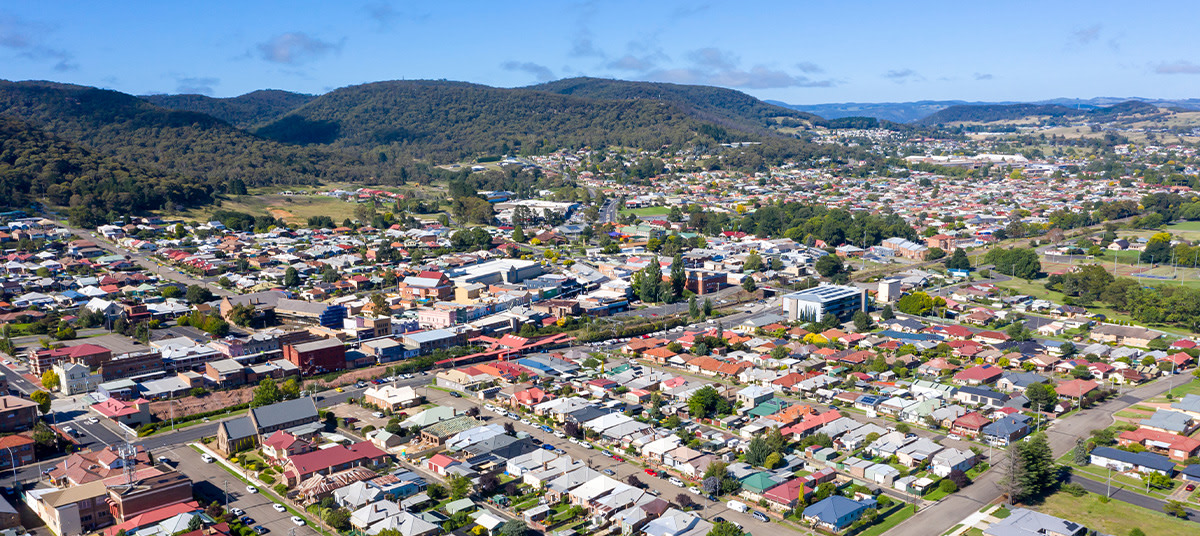
Dwelling values across the nation were steady in January while rising to record highs across the combined regional areas, according to CoreLogic.
Australian house values held steady in January (down 0.03 per cent), with valuation dips in some capitals offset by the aggregate combined regional index rising to record highs, new data from property analytics provider CoreLogic has shown.
The CoreLogic Hedonic Home Value Index (HVI) – calculated using recent sales data combined with property attribute data to track the market value of residential property stock – showed dwelling values across the combined regional areas of Australia rose 0.4 per cent in the first month of 2025 (median value $656,445), a new record high.
By comparison, the combined value across Australia’s capitals fell 0.2 per cent during the same period (median value $897,632), with the sharpest monthly declines observed in Sydney (down 0.4 per cent), Melbourne (down 0.6 per cent), and Canberra (down 0.5 per cent).
The analytics provider also said the aggregate ‘combined regionals’ index had been recording a ‘stronger’ monthly growth trend relative to the capitals through most of 2024.
Victoria was the only state in January where regional dwelling values fell, inching down 0.1 per cent for the month.
In regional Tasmania, dwelling values were flat for the month, while regional NSW saw values edge 0.1 per cent higher.
The trend of healthy growth for regional dwelling values continued in the remaining three states, with monthly values up 1.2 per cent in Western Australia, 1.3 per cent in South Australia, and 0.7 per cent in Queensland.
Tim Lawless, CoreLogic research director, said on data: “Regional markets seem to be benefiting from a second wind of internal migration, along with an affordability advantage in some markets, and what looks to be some permanency in hybrid working arrangements across some occupations and industries.”
Capital home values slip
Meanwhile, three of the eight capitals recorded a decline in home values in January.
Values in Melbourne fell 0.6 per cent, while in ACT, they dropped 0.5 per cent, and in Sydney, they slipped 0.4 per cent lower.
Hobart home values held steady in January, while Brisbane and Perth continued to record growth in home values, up 0.3 per cent and 0.4 per cent, respectively.
However, CoreLogic flagged a “clear and steady loss of momentum in these markets” especially in the detached housing sector where value growth has eased more noticeably.
Values in Adelaide proved more resilient in January (up 0.7 per cent) although CoreLogic said the pace of gains is slowing.
Looking ahead, CoreLogic said that despite the prospect of a rate cut this month, it is not expecting “any material rise in home values until interest rates return closer to the pre-pandemic average and affordability improves further”.
“Lower mortgage rates and a subsequent lift in borrowing capacity as well as an under supply of newly built housing could be setting the foundations for a relatively shallow housing downturn,” Lawless said.
“But the easing cycle for interest rates is likely to be a gradual one, and we also have the ongoing headwinds of affordability constraints, normalising population growth and generally soft economic conditions to contend with.
“All things considered, the likelihood of a significant growth cycle over the coming year remains low.”
[Related: Home values drop for first time in nearly 2 years]
 Login
Login










JOIN THE DISCUSSION